Health
Cadaver Bone Grafting Pros and Cons: Unveiling the Wonders and Challenges

As our understanding of medical science expands, one area that continues to fascinate and intrigue professionals and patients alike is the field of bone grafting. In particular, cadaver bone grafting, also known as allograft bone grafting, stands as a compelling testament to our advancements in medical technology. Let’s embark on an enlightening journey, exploring both the Cadaver Bone Grafting Pros and Cons, giving you a comprehensive insight into this extraordinary medical procedure.
Table of Contents
The Science Behind Cadaver Bone Grafting

The process of cadaver bone grafting involves taking bone tissue from a deceased donor (a cadaver) and using it to repair bone defects in a living person. This process may sound surreal, but it has been backed by years of meticulous research and successful surgical outcomes.
In simple terms, cadaver bone grafting utilizes the science of osteoinduction and osteoconduction, where the transplanted bone encourages the patient’s body to generate new bone. This leads to the phenomena of osseointegration, where the graft and the patient’s bone unite, creating a stable and healthy bone structure.
Cadaver Bone Grafting Pros and Cons
Embracing the Pros of Cadaver Bone Grafting

- Abundant Availability: Unlike autograft bone grafting, which uses bone from the patient’s body, cadaver bone grafting doesn’t deplete the patient’s own bone reserves. This means the procedure can be repeated, if necessary, without causing undue harm to the patient.
- Reduced Surgical Time and Complications: Cadaver bone grafting eliminates the need for a second surgical site, as in autograft bone grafting. This reduces both surgical time and potential complications, such as infection or chronic pain at the donor site.
- Flexibility and Versatility: Cadaver bone grafts can be processed into various shapes and sizes, making them adaptable to a wide range of bone defects. This flexibility offers a powerful advantage in complex surgeries.
- Ethical and Safe: Cadaver bone grafts come from donors who generously donated their bodies to medical science. The grafts undergo rigorous sterilization and screening processes, ensuring safety and viability for the patients.
Understanding the Cons of Cadaver Bone Grafting
However, as with any medical procedure, cadaver bone grafting has its challenges. It’s crucial to have an open dialogue about these aspects to make informed decisions about your healthcare.

- Possible Graft Rejection: Though rare, the patient’s body can sometimes reject the cadaver graft. However, modern graft processing techniques have significantly minimized this risk.
- Slower Bone Healing: Compared to autografts, cadaver grafts may take longer to integrate and heal. However, this is often a worthy trade-off for the reduced surgical complications and preservation of the patient’s own bone.
- Risk of Disease Transmission: Despite stringent safety measures, there remains a minimal risk of disease transmission. Still, it’s reassuring to note that the incidence of this occurring is extremely low, making cadaver bone grafting a safe option.
- Ethical Considerations: Some patients may have ethical or religious concerns regarding the use of cadaveric tissues. It’s crucial to respect these perspectives and explore alternative options if necessary.
Costs and Long-Term Effects of Cadaver Bone Grafting

As with any surgical procedure, cadaver bone grafting comes with costs, both financial and physical. Yet, in considering the long-term benefits and quality of life improvements, these costs are often justified.
Combining Cadaver Bone Grafting with Other Surgical Procedures
Another feature that brings cadaver bone grafting into the limelight is its ability to be combined with other surgical procedures. This option minimizes the need for multiple surgeries, reducing both physical and financial stress for patients.
Making an Informed Decision: Weighing the Pros and Cons
Considering cadaver bone grafting as a treatment option involves understanding both its advantages and disadvantages. The decision is crucial, impacting not just immediate health but long-term quality of life.
Frequently Asked Questions About Cadaver Bone Grafting Pros and Cons
To further equip you with knowledge, we’ve answered some common queries regarding cadaver bone grafting:
Q: How effective is cadaver bone grafting compared to other types of bone grafts?
A: Cadaver bone grafting is a well-established procedure with high success rates. The effectiveness varies depending on individual circumstances, including the nature of the bone defect, patient’s overall health, and surgeon’s expertise.
Q: Are there any alternatives to cadaver bone grafting?
A: Yes, there are alternatives. These include autograft bone grafting (using the patient’s own bone), synthetic bone graft substitutes, and the use of certain types of proteins to stimulate bone growth.
Q: Are there any age limitations for cadaver bone grafting?
A: There are no specific age limitations. However, the patient’s overall health and specific medical condition are significant factors in determining the suitability of this procedure.
Q: What is the recovery process like after cadaver bone grafting?
A: Recovery varies depending on the complexity of the procedure and the patient’s overall health. Typically, patients may expect a period of restricted activities followed by a gradual return to normal function.
Q: What is the cost of cadaver bone grafting surgery?
A: The cost varies based on factors like geographical location, the complexity of the procedure, and the healthcare provider. It’s best to discuss this with your surgeon or healthcare provider to get a personalized estimate.
Q: Are there any long-term effects or complications associated with cadaver bone grafting?
A: Cadaver bone grafting has been widely researched and applied in various medical conditions, showing excellent long-term outcomes. There are instances of graft rejection and slower healing rates, but these are rare. With ongoing post-operative care and regular check-ups, most patients can expect a robust and lasting solution to their bone defect.
Q: Can cadaver bone grafting be combined with other surgical procedures?
A: Yes, it often can be. This is largely based on the nature of the bone defect and the surgeon’s judgment. An example is combining cadaver bone grafting with joint replacement surgeries to enhance the stability of the implanted joint.
Q: What factors should be considered when deciding on cadaver bone grafting as a treatment option?
A: Key factors include the nature and severity of the bone defect, the patient’s overall health, the potential for graft rejection, the cost of the procedure, the expected recovery time, and personal comfort with using cadaveric tissue. It’s important to discuss all these aspects with your healthcare provider.
Q: Are there any restrictions or precautions after undergoing cadaver bone grafting?
A: Post-surgical care instructions vary, but generally, patients should avoid strenuous activities that could disrupt the healing process. Regular follow-ups with the surgeon are crucial to monitor the graft’s integration and overall recovery.
Also Read: E3 Spark Plugs Pros and Cons: A Comprehensive Review
Conclusion
In conclusion, cadaver bone grafting offers a compelling and beneficial solution for numerous bone-related conditions. While it does have its cons, the pros often outweigh them, providing many patients with renewed vitality and function. This fantastic procedure stands as a testament to the potential of medical science, highlighting the miracles that are possible when expertise, innovation, and care converge.
As we navigate the journey of bone grafting together, we must remember that every patient is unique. Thus, it’s vital to consult with a healthcare provider to discuss whether cadaver bone grafting is the right choice for you.
Let’s embrace Cadaver Bone Grafting Pros and Cons, the wonders of medical science, appreciating the enormous potential it has to change lives, always informed and guided by knowledge and understanding.

-
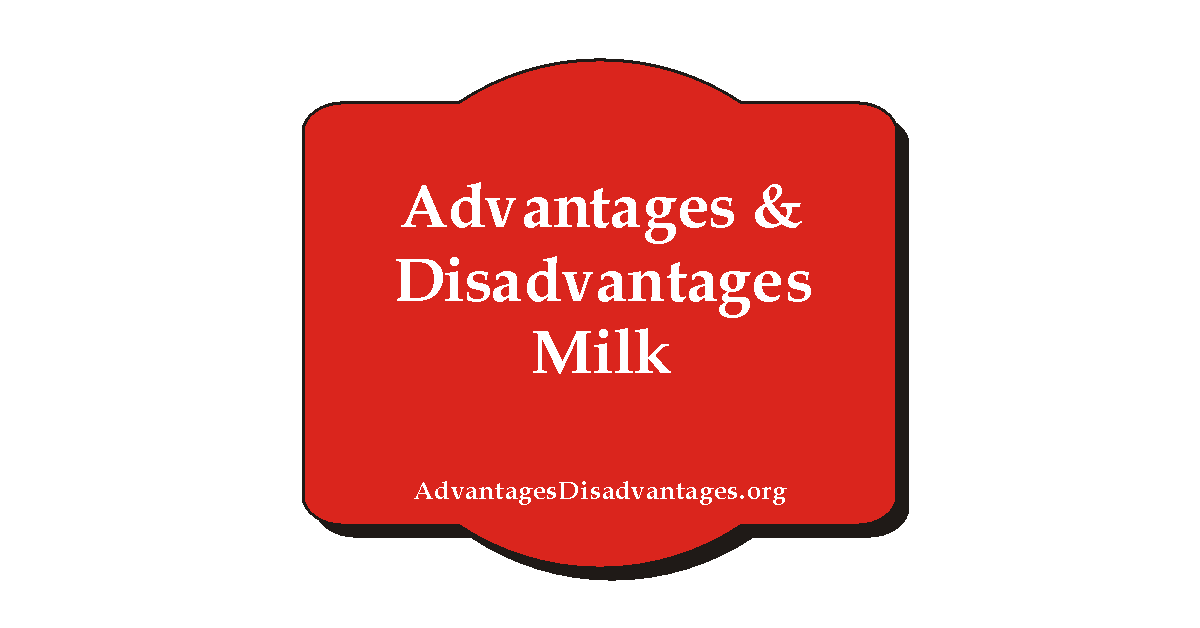
 Health6 years ago
Health6 years agoAdvantages and Disadvantages of Milk
-

 Tech4 years ago
Tech4 years ago6 Tips to Improving E-Commerce Websites
-
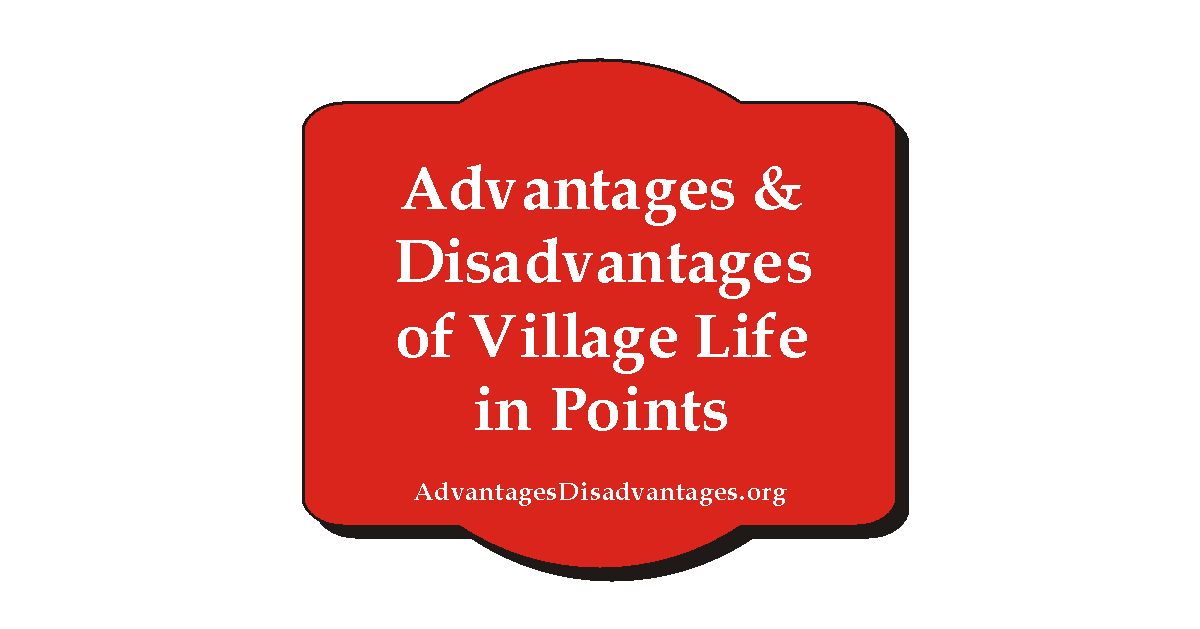
 Home6 years ago
Home6 years agoAdvantages and Disadvantages of Village Life in Points
-
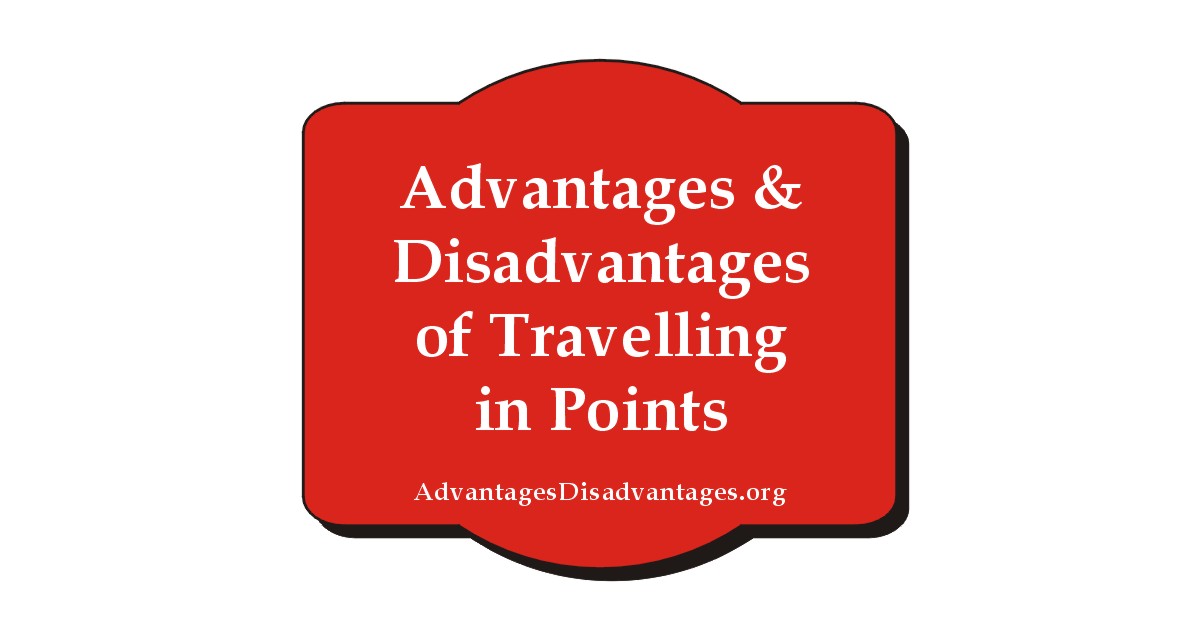
 Travel5 years ago
Travel5 years agoAdvantages and Disadvantage of Travelling
-

 Sports4 years ago
Sports4 years agoThe benefits of playing an online live casino
-

 Tech6 years ago
Tech6 years ago10+ Advantages and Disadvantages of Mobile Phones in Points
-
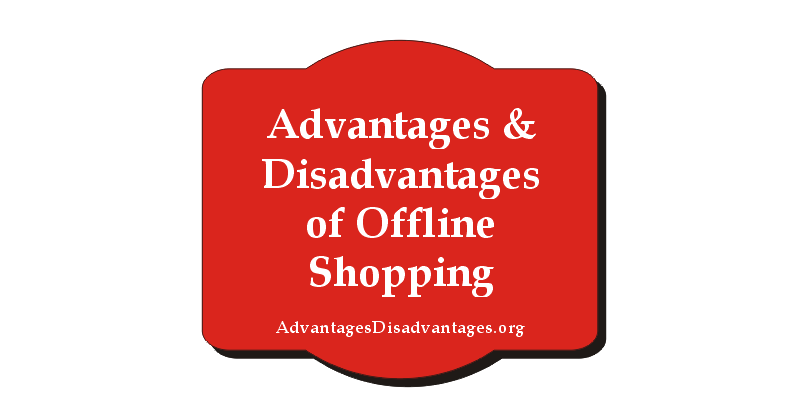
 Tech5 years ago
Tech5 years agoEssay on Advantages and Disadvantages of Offline Shopping
-
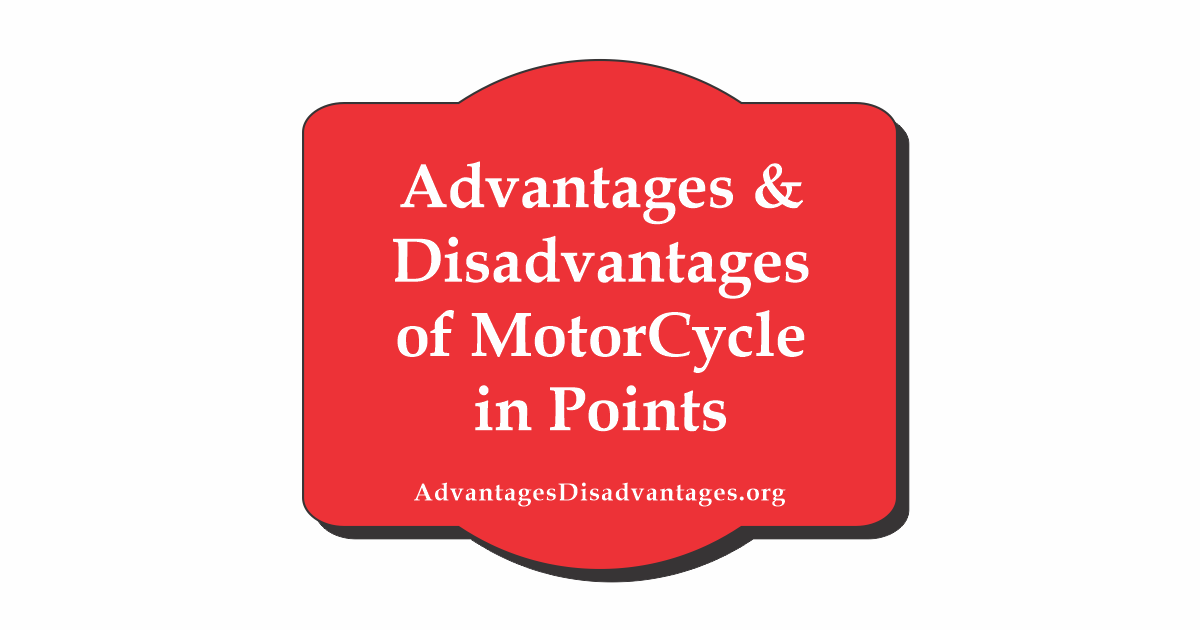
 Tech5 years ago
Tech5 years ago8+ Advantages and Disadvantages of Motorcycle |Having Bike